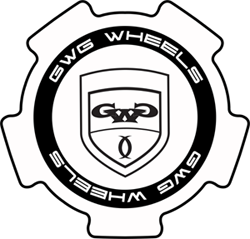What is PCD

The term PCD refers to “pitch circle diameter,” and is a useful way of working out how to fit different wheels to a car.
Pitch circle diameter basically refers to the diameter of
the center a set of studs, into which a new wheel will need to be attached.
Most cars feature a pitch circle diameter of 4 x 100, which needs to be
measured in millimeters to the most exact figure possible. Some PCDs can extend
up to 130 millimeters in diameter for larger cars, as well as adapting to use 5
studs rather than 4. It should be seen as denoting the diameter distance of the
studs from the center point of a wheel, with information provided by the
manufacturer for the exact dimensions.
How to Measure PCD
Actually measuring PCD is relatively simple. You need to
measure between the centers of opposite studs, which will typically produce a
figure such as 100mm. While most PCDs will follow this rule, it is usually
worth measuring for an exact figure. Deviations can result in ill-fitting
wheels, which will cost you significant amounts of time and money to adjust
for.
There are some exceptions to measurements, particularly when
dealing with three or five studded parts. In this case, you can measure the
diameter of the center bore, and the distance from the edge of the center bore
to the center of any stud. For this equation, you add the diameter to the center
stud distance, and then double the latter figure.
Uses of PCD Measurements
A PCD measurement can be used to correctly fit new steel
wheels, or alloy replacements. Alloy wheels are particularly recommended for
their lighter weight and stylish look. Fitting alloy wheels to the right PCD is
essential to making the right conversion. At the same time, any PCD measurement
needs to be considered alongside the offset measurement of a wheel and hub.






Leave a Comment